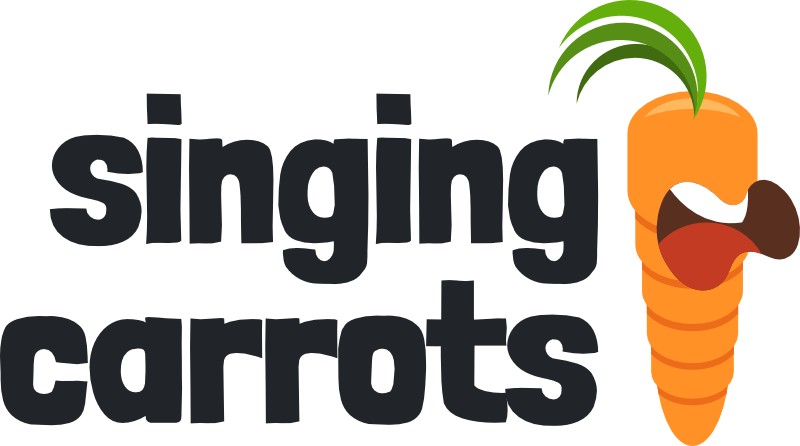Singing Guide: Dakota Moon
Vocal technique, exercises, tips and relevant resources
Dakota Moon is an American band formed in 1996. Their music is a unique blend of pop, rock, and blue-eyed soul. The lead vocalist and guitarist, Ty Taylor, has an incredibly versatile voice with a robust range.
If you want to sound like Dakota Moon, the first step is to assess your vocal range using the Singing Carrots vocal range test. Afterward, you can take the pitch accuracy test to refine your pitch and identify your strengths and weaknesses.
One of the most distinctive vocal technique features of Ty Taylor is his clever use of vocal breaks. This technique adds character to his voice, making it sound more expressive and versatile. To achieve this, you can try the voice registers and vocal break exercise, which will help you develop a mixed voice and smooth transitions between different registers. This technique will help you achieve the intensity and versatility that Ty Taylor has in his voice.
As for songs, Dakota Moon has several popular ones that are great for practicing your singing technique. The songs "Another Day Goes By" and "She Knows" showcase Ty Taylor's upper range and vocal flexibility. "A Promise I Make" highlights his beautiful head voice and the way he sings falsetto impeccably.
To develop your skills further, take advantage of Singing Carrot's pitch-training tool. This tool has interactive vocal warm-ups and exercises that provide instant visual feedback. It also has a pitch visualizer that will help you solidify your vocal technique.
Don't forget that breathing is a critical part of singing, and Dakota Moon's songs require a lot of breath control. That's why you should practice breath support, a technique that will help you sustain long notes and develop your vocal stamina. To learn more about breath support basics, check out the breathing basics article.
Learning how to sing like Dakota Moon requires patience and dedication, but with practice and the right tools, you can achieve great things. Singing Carrots provides many resources that can help, including the song search tool where you can find songs matching your vocal range and difficulty level.
Last but not least, take care of your vocal health by following the advice in the vocal health article. Happy singing!
